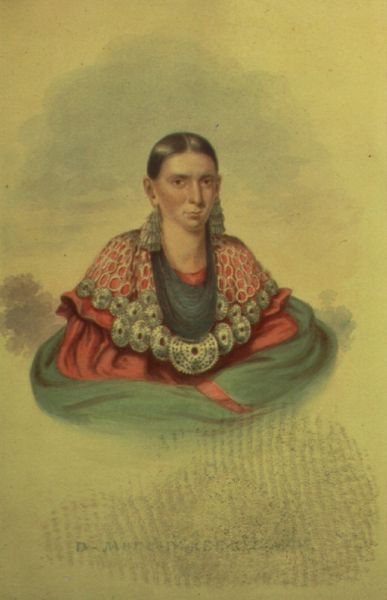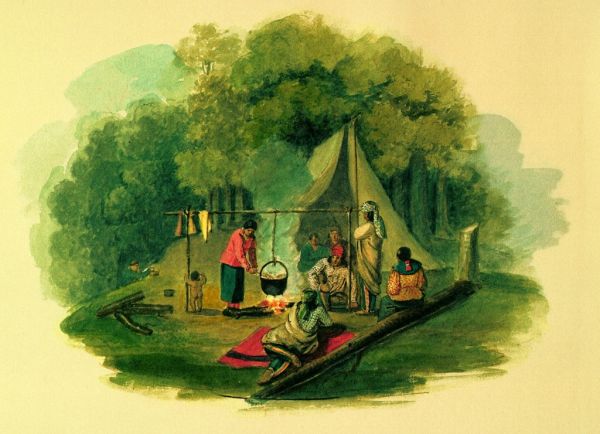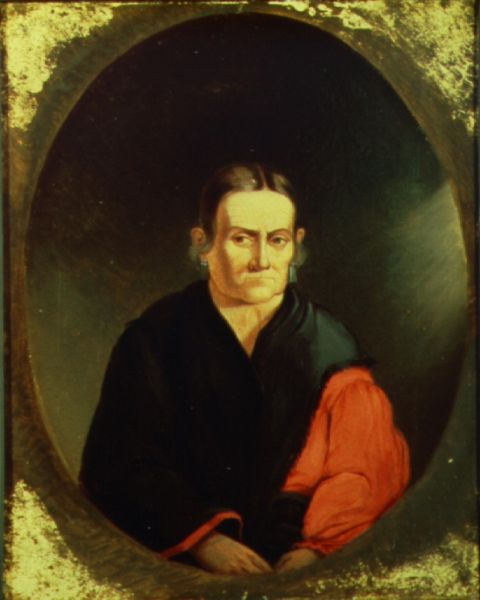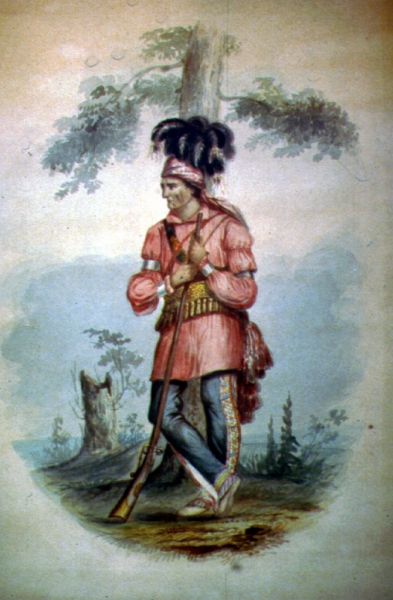George Winter (1809-1876)
Get a Winter Certificate of Authenticity for your painting (COA) for your Winter drawing.
For all your Winter artworks you need a Certificate of Authenticity (COA) in order to sell, to insure or to donate for a tax deduction.
Getting a Winter Certificate of Authenticity (COA) is easy. Just send us photos and dimensions and tell us what you know about the origin or history of your Winter painting or drawing.
If you want to sell your Winter painting or drawing use our selling services. We offer Winter selling help, selling advice, private treaty sales and full brokerage.
We have been authenticating Winter and issuing certificates of authenticity since 2002. We are recognized Winter experts and Winter certified appraisers. We issue COAs and appraisals for all Winter artworks.
Our Winter paintings and drawings authentications are accepted and respected worldwide.
Each COA is backed by in-depth research and analysis authentication reports.
The Winter certificates of authenticity we issue are based on solid, reliable and fully referenced art investigations, authentication research, analytical work and forensic studies.
We are available to examine your Winter painting or drawing anywhere in the world.
You will generally receive your certificates of authenticity and authentication report within two weeks. Some complicated cases with difficult to research Winter paintings or drawings take longer.
Our clients include Winter collectors, investors, tax authorities, insurance adjusters, appraisers, valuers, auctioneers, Federal agencies and many law firms.
We perform George Winter art authentication, appraisal, certificates of authenticity (COA), analysis, research, scientific tests, full art authentications. We will help you sell your George Winter or we will sell it for you.

George Winter was born in Portsea, England in 1809 and immigrated to the United States, becoming one of Indiana’s most recognized artists. Winter spent much of his life in Logansport and in the Wabash Valley in Indiana.

Winter was exposed to many of London’s fine museums and galleries but received little academic training in art. In 1830, Winter arrived in New York, spending a short amount of time at the National Academy of Design before taking a stagecoach westward. Winter settled in Indiana with the intention of learning about Native American culture.


Winter documented the government forced relocation of the Potawatomi and Miami tribes. Many of these paintings now belong to the Tippecanoe County Historical Association. Winter documented Native American culture as their communities slowly vanished due to government intervention. Winter built relationships with members of the Miami and Potawatomi tribes and had opportunities to sketch and paint portraits of several members. Winter kept a journal describing each of his paintings.






Winter’s paintings portray Native Americans at a crucial point in American history. His paintings are important as both pieces of fine art and historical documents. Do you think you own a painting by George Winter? Contact us. We are the George Winter experts.
Reviews
1,217 global ratings
5 Star
4 Star
3 Star
2 Star
1 Star
Your evaluation is very important to us. Thank you.
